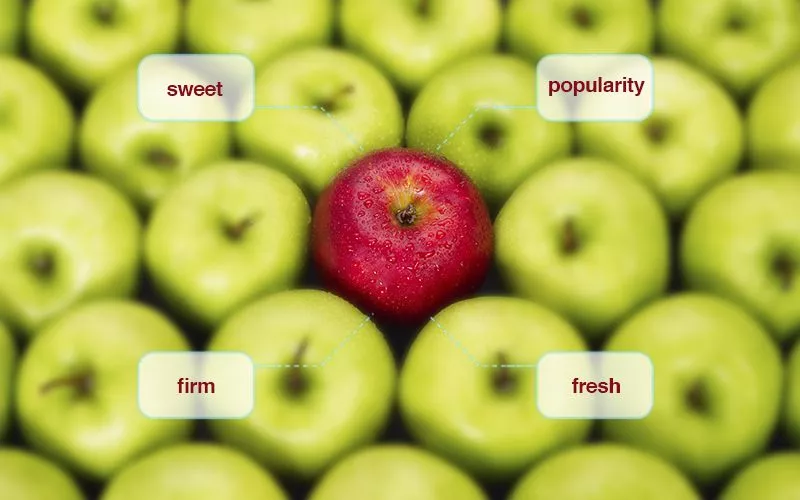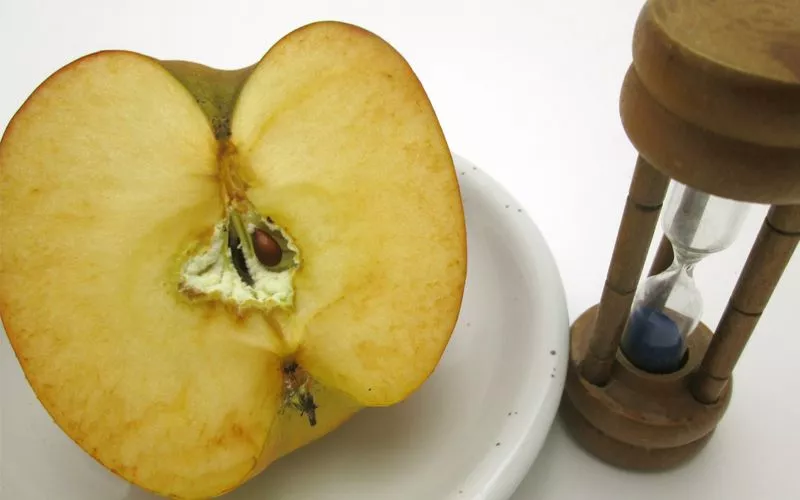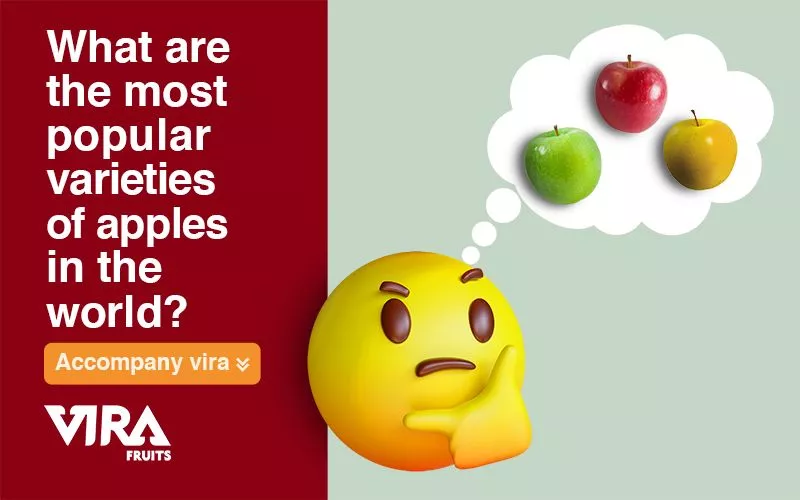The most popular varieties of apples in planting and global agriculture trade are an essential factor for any businessman. The apple fruit is one of the most popular fruits in the world, and it is thought to have originated from Central Asia. The tree spread throughout Asia and Europe, and it was later taken to North America by colonialists. The apple fruit has a sweet, crisp taste. It is used in a variety of dishes such as pies, sauce, cider, salads, and pastries. There are over 7,500 apple tree varieties worldwide. The most common apple varieties in the world are the Red Delicious, Gala, Granny Smith, Golden delicious, Lady, Baldwin, McIntosh, Honey crisp, Fuji, and Cortland.
Though Red Delicious apples held the title of most popular apple variety in the world for decades before being surpassed by Galas, according to the CBC, this variety still remains a popular choice and can be found just about everywhere. Red Delicious apples are most popularly eaten fresh.
Apples are generally considered a universally tasty and non-offensive fruit, but with over 7,500 varieties not all of them are destined to be all-around winners. That luxury in diversity does ensure one thing for the average a lot of options. All apples have a balance between tart and sweet, but with varying degrees, and the differences between textures also totally alter the tasting experience. You may have read recipes before that call for either “cooking apples” or “baking apples” and stressed out that you couldn’t find any labeled as such in the grocery story, but this specification actually refers to a wide category of apples.

Most popular varieties of apples
Apples can be sorted into types by sweetness, peel color, date discovered, ripening season, geographical origin, and/or how best to use them. There are red apples and green apples, sweet apples and tart apples, dry apples and juicy apples, apples best eaten fresh off the tree, and types of apples that are best baked into a yummy dessert. There are ancient heirloom varieties and brand-new modern introductions.
More Information about Iranian red apple fruit
summer has given way to fall, but it’s not just the air that’s getting crisper — it’s apple season. While most varieties of apples are available year-round, they’re typically harvested in the fall.
There are over 100 apple varieties grown commercially in representing a whole host of shapes, color schemes, textures, and flavor profiles. The average one clocks in at just under 100 calories.
Apples are good for you in a number of ways: they may benefit your cardiovascular system and are reported to help normalize blood sugar possibly. They also contain pectin, a type of fiber that is believed to keep you regular and could possibly have a beneficial impact on your blood lipid profile.
The top 10 varieties in the U.S. are Red Delicious, Gala, Granny Smith, Fuji, Golden Delicious, Honey Crisp, McIntosh, Rome, Cripps, Pink/Pink Lady and Empire (U.S. Apple Association, 2021). The United States has 5,000 plus apple producers who grow, on average, 240 million bushels of apples each year.
Apples are one of the most valuable fruit crops in the United States. The 2021 apple crop totaled just over 10.5 billion pounds, down 5 million pounds from 2019. The utilized apple crop was just over 11 billion pounds.
32 states in the United States raise apples commercially. The top ten apple-producing states are Washington, New York, Michigan, Pennsylvania, California, Virginia, North Carolina, Oregon, Ohio, and Idaho (U.S. Apple Association, 2021).

Varieties of apples in cooking
Cooking and baking apples are valued for their ability to retain their flavor when heated. Between baking and cooking apples, baking apples should hold their shape relatively well and have a less mushy texture than a cooking apple so the apple tart you painstakingly arranged doesn’t turn to an indistinguishable mush in the oven. In contrast, most recipes that call for “cooking apples” are usually looking for a variety that has a more tender texture and breaks down easily to make sauces and stews.
The differences in textures are variations of the apple variety’s genetic code, which determines the cell structure, acid content, and amount of space between the cell walls. Two apples might look identical to you, but depending on what two species each variety was bred from their applications might be completely different.
Read about Fresh fruit exporters
To further geek out about apples, one issue you might encounter when using apples with your cooking is the unappealing brown color that you’ll find quickly develops once the fruit has been cut. This phenomenon is a process known as “oxidation,” which is when a special enzyme inside the apple reacts to being exposed to oxygen. While most moms and lunch ladies have probably educated you on the fact that there is nothing wrong with eating some apple slices after they’ve been out for a few hours and gotten brown, there is actually a gradual loss in Vitamin C (Ascorbic Acid) that occurs during this reaction. An easy way to slow down this process is by squeezing some lemon juice on the sliced apples, or sprinkling a little of our Lemon Juice Powder on them.
